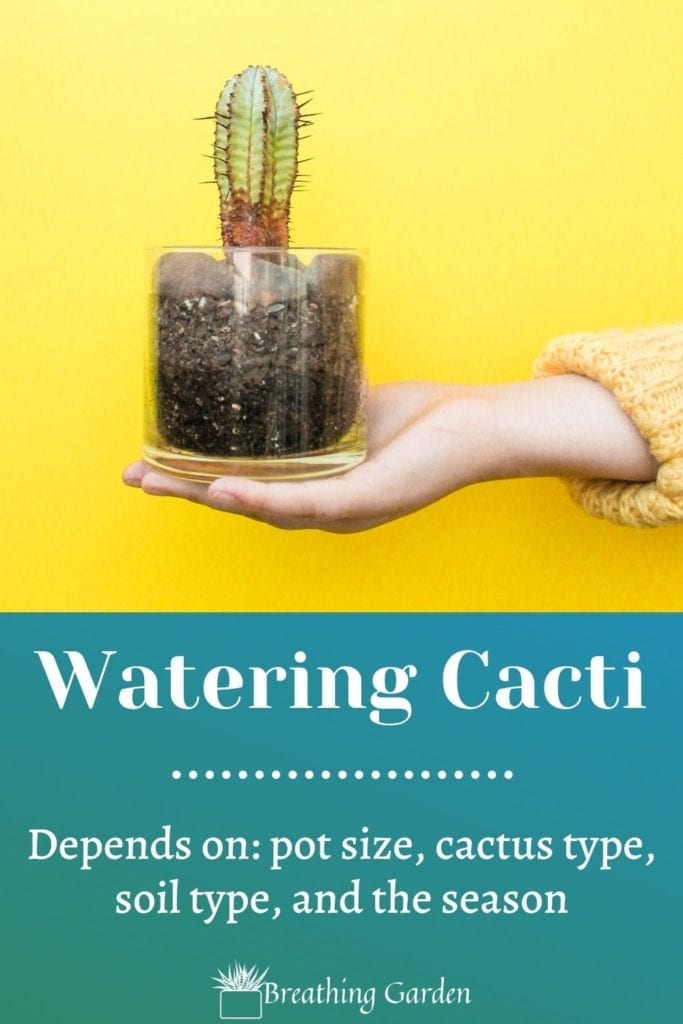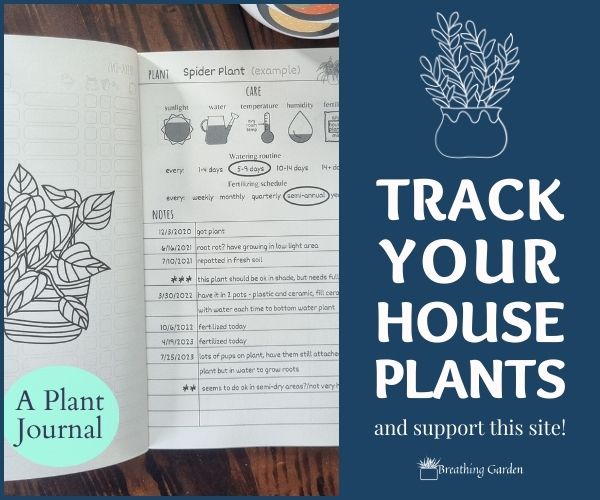Cacti are often considered to be some of the easiest and least demanding plants to keep indoors. They’re generally small, hardy, and drought-tolerant. However, just because they can go for some time without watering doesn’t mean they don’t need to be watered at all.
*This post may include affiliate links. When you purchase items from these links, we will receive a small commission, at no extra cost to you, to help support this website. Thank you for your support! Read more ->
In fact, as cacti are succulents, which are plants that soak up and retain water, a cactus should be watered regularly. Knowing how often to water a cactus, though, can sometimes be a challenge to figure out.
How Often Should I Water My Cactus Plant?
When considering the question, “how often should I water my cactus?” the answer depends on a variety of factors. As a general rule, you can assume that most indoor cacti should be watered between once a week and once a month. However, the type of cactus, size of the pot, humidity level, and amount of light the plant is getting can all change that timeframe.
The best rule for watering cacti is to wait for the potting medium (soil) to dry out almost completely and then water. You can check the potting medium for moisture by inserting a finger down into the soil, near the cactus. If it’s still damp, wait a few days before checking again.
If you notice your cactus shrinking or turning black, you may be having watering issues. This can be a sign of both overwatering or underwatering.
This method may have you watering anywhere between every few days or every few weeks, but it will help to ensure that your cactus is getting the proper amount of moisture.
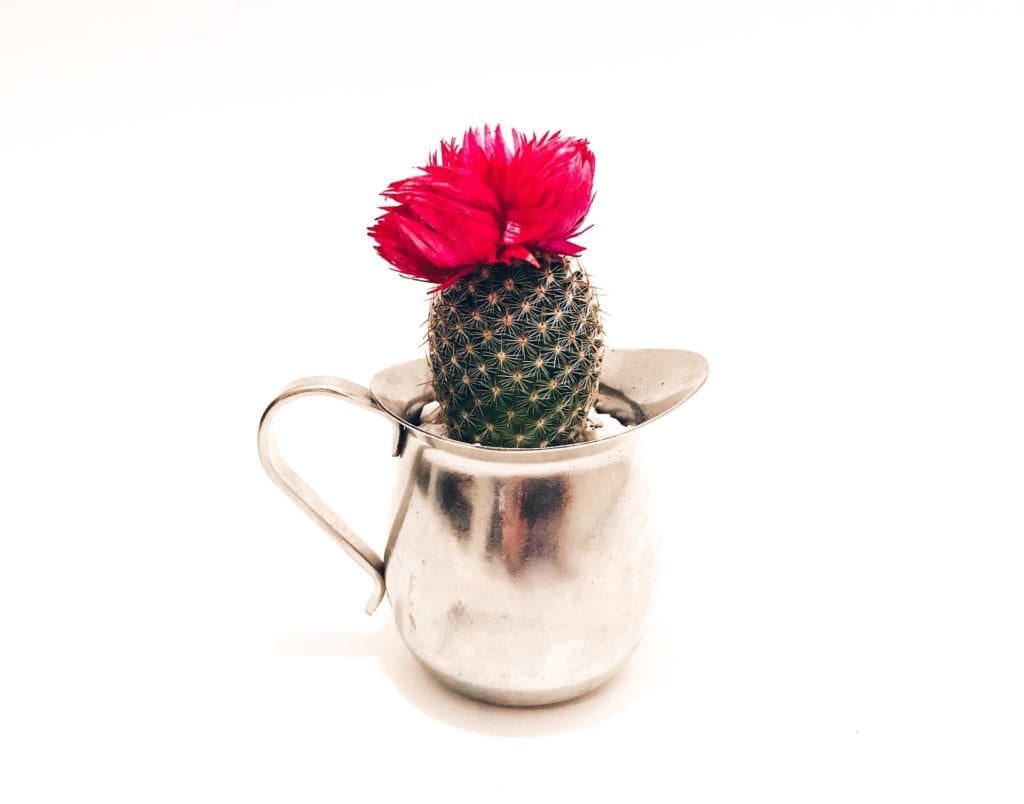
Cacti also tend to require more water during the growing season, which usually begins in the spring and ends in the fall. If you’ve created a watering schedule, be sure to allow for those times when cacti will need a bit more or less attention.
Different cactus varieties may also have different watering needs. It’s always best to research the cactus type you have to figure out whether your cactus needs more or less watering than other cactus varieties, and find out what types of root system they have!
*When watering your cactus, try to water around the plant, not getting much water on the plant, as some may rot if too much water is retained on top of the succulent.
Keep reading on how fast do cacti grow
Pot Size is Important
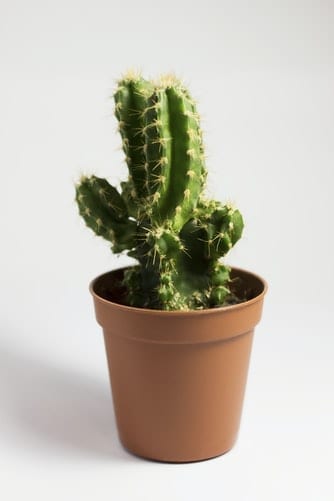
Figuring out how often to water a cactus depends a lot on pot size. The best idea is to have the cactus in a pot that’s fairly small to start with, and repot as it grows larger, and grows more roots.
Soil in larger pots dries out more slowly, which does mean you don’t have to water the cactus in them as often. BUT, this isn’t always the best option for the cactus. If the cactus is small but in a large pot that takes a long time to drain, you run the risk of having an overwatered cactus plant and developing root rot.
To reduce the likelihood of root rot occurring, plant your cactus in a pot that is just large enough for the plant. If you find that it still takes a long time for the potting medium to dry out, you can also select a pot that has more or larger drainage holes. Using a clay pot can also help. Plastic pots tend to trap moisture inside, while clay or terracotta pots allow moisture to escape.
If you’re using a pot without drainage holes in it, add some rocks to the bottom, so if you do slightly over-water the plant, that water doesn’t remain in the soil, but instead has space in the bottom to capture excess water. This method allows you to use other cute pots (like mugs) for your cacti!
Learn how to repot a cactus here!
Select the Correct Potting Soil
The potting medium you use is just as important as pot size and material when it comes to having a cactus that is properly watered. Cacti tend to do best when they’re potted in a medium that drains quickly.
You can purchase a ready-made cactus potting medium, or you can make your own by combing potting soil with small stones or sand. Adding perlite, a material that helps to speed up drainage, can also work.
How Often Should I Water My [Indoor] Cactus?
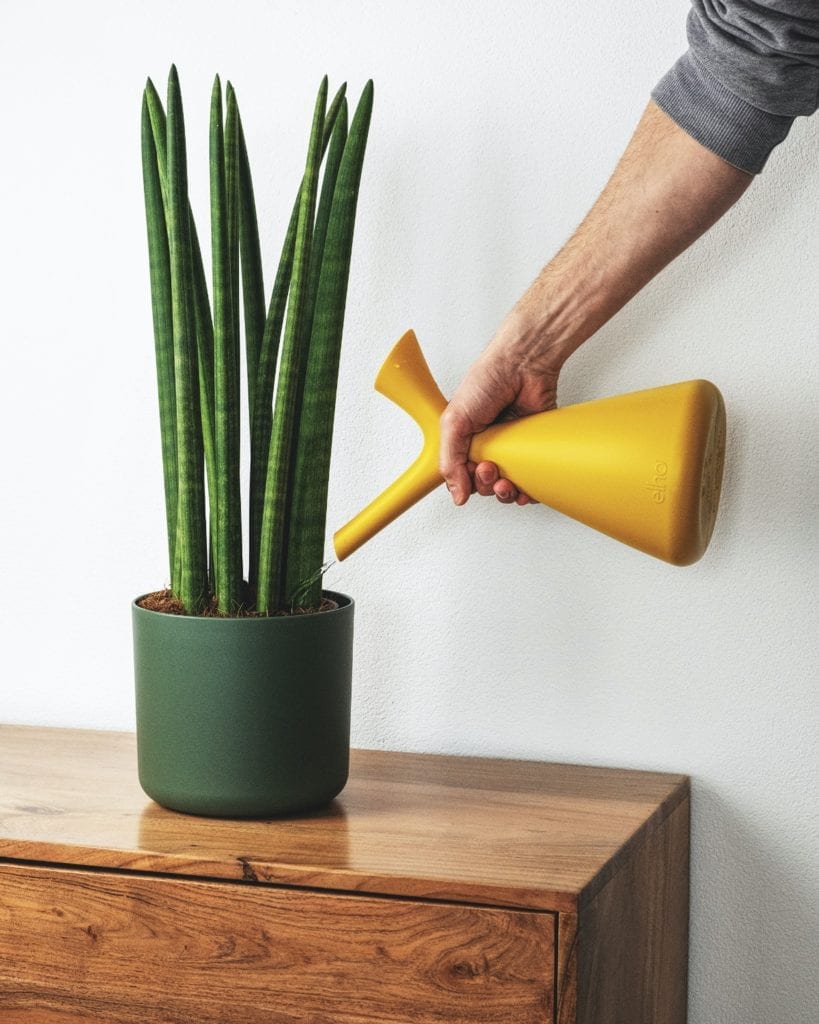
You may think that cacti should be watered sparingly, only sprinkling a bit of water on them each time. However, it’s actually bet to completely soak the potting material for the cactus each time you water. You should wet the cactus enough that water runs from the drainage holes in the pot, and the soil should look very damp (the same as you would other house plants).
Be sure not to water your cacti with water that’s been run through a water softener, as this introduces salt, which is, in the long run, toxic to plants. Otherwise, tap water is usually fine for watering your cacti. Using tap water can cause a buildup of minerals in the potting medium, though. If you use tap water to water your cactus, you may need to replace the potting medium from time to time.
Seasonality
Watering your cactus also depends on the season. A healthy plant will need less water in the winter, and more in the summer. Your cactus could be in a dormant period during winter, so it will need even less water.
The days are colder in the winter, there’s less sunlight, and the plants are just growing less so they need less water. So you may have to reduce your watering frequency in the winter compared to spring and summer.
Signs of an Under-Watered Cactus
Like any other plants, cacti are sometimes accidentally over or under-watered. Knowing what a cactus that has received too much or too little water looks like can help you quickly solve the problem and adjust your watering schedule.
A cactus that has been under-watered often appears shriveled or dried up. Dry cacti may also appear yellow, brown, or simply more pale than they normally do. To help an under-watered cactus, simply water it right away, allowing the soil to soak up as much water as possible. You should see a noticeable difference in the cactus almost immediately.
Signs of an Overwatered Cactus
If a cactus looks too soft, is leaking, or seems to be rotting, it has probably been watered too much or too often. Cacti that have been overwatered may also turn brown. More than likely, an over-watered cactus has developed root rot.
To solve this problem, remove the cactus from its pot and cut away any roots that aren’t white. White roots are healthy. Repot the cactus in fresh, dry potting medium, and refrain from watering it for at least a week.
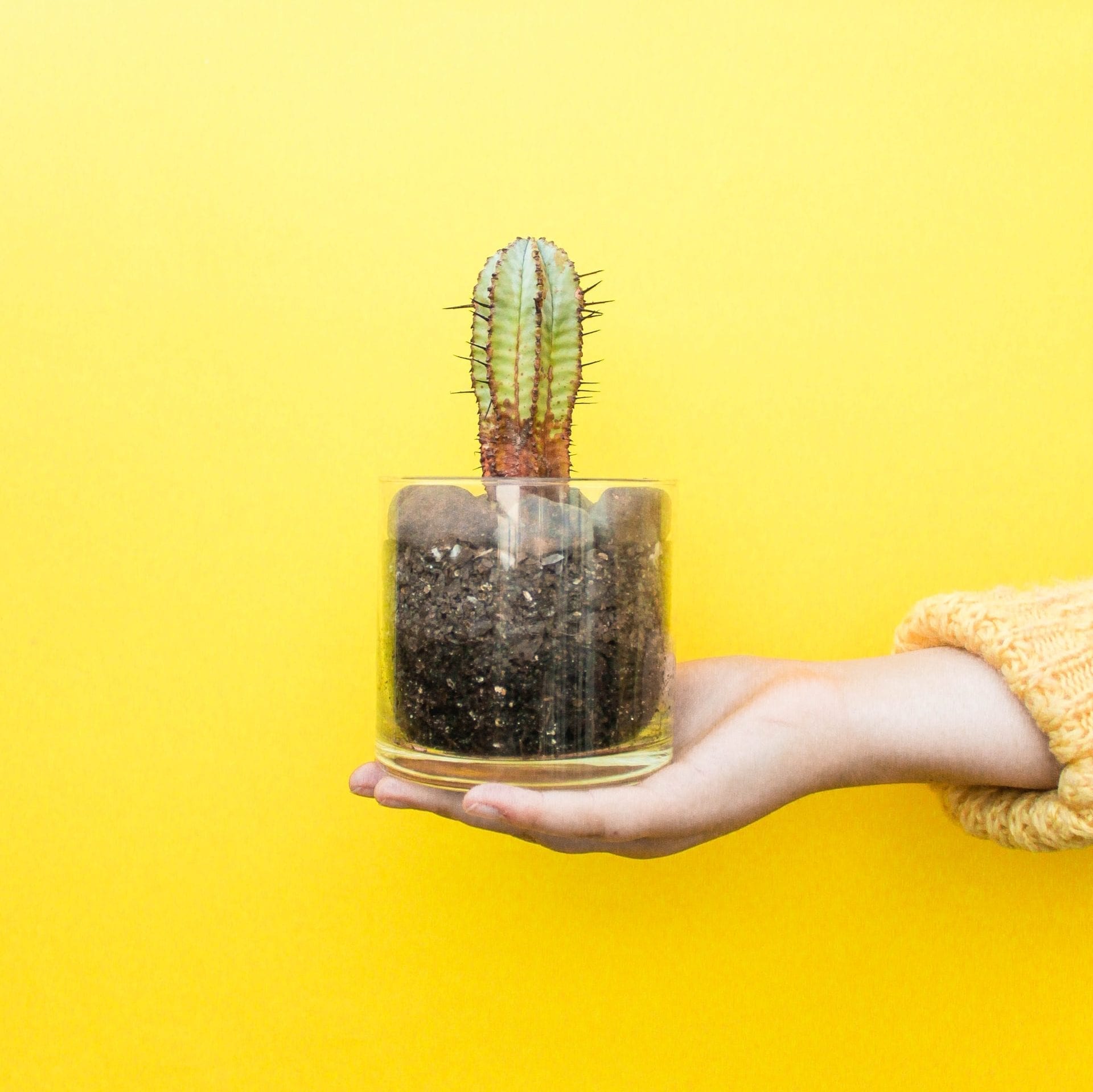
Knowing when and how much to water a cactus can be tricky, but simply by observing your plant, you can often get a good feel for when the cactus needs watering. Be flexible in your watering schedule, use the right potting medium, use a smaller pot size, and check for signs of under-or over-watering to ensure that your cactus remains healthy for a long time!
The short answer to: how often should I water my cactus? Is probably about once a week. The longer version is it really depends! It depends on so many variables, the best way to tell is by testing to see if the soil is dry and watering when it feels dry to the touch.
Looking for new succulents and cacti to add to your rooms? Read about so many types here!
Pin it!
Want to save this post on how often should I water my cactus? Add it to your Pinterest!

